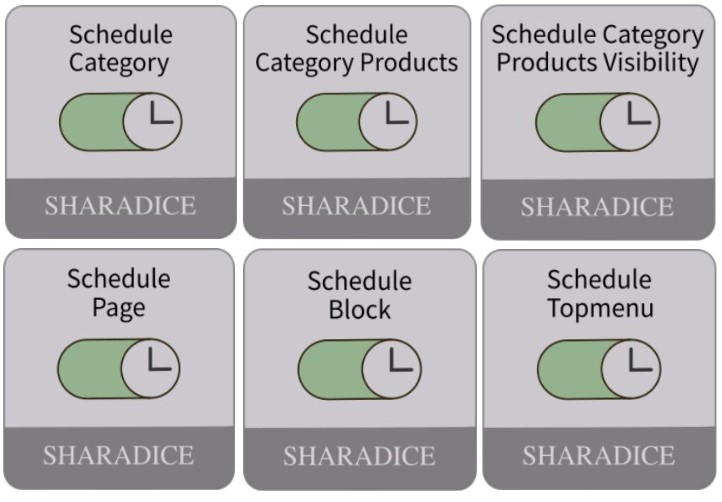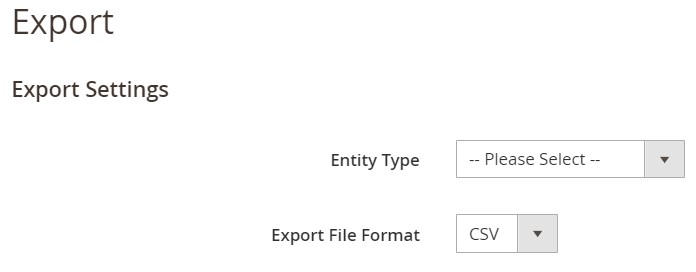MageDelight Social Media Promotions for Magento 2

In recent years, social media became an integral part of everyone’s life, which also affected the tendencies in the ecommerce business. The promotion of products and services on Facebook, Twitter, Instagram, and other social platforms has become a crucial aspect of successful online sales. If you operate your store on Magento 2, we advise you to pay attention to the MageDelight Social Media Promotions extension. The module implements social sharing functionality on Magento 2 and enables merchants to seamlessly integrate their stores with Facebook. By utilizing the features offered by the MageDelight tool, you will significantly increase customer engagement and boost your sales.
Further in this post, we explore the functionality of the Magento 2 social share module, describe how to configure its settings in the backend, and show its appearance on the storefront.









